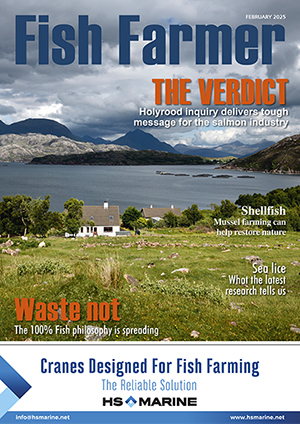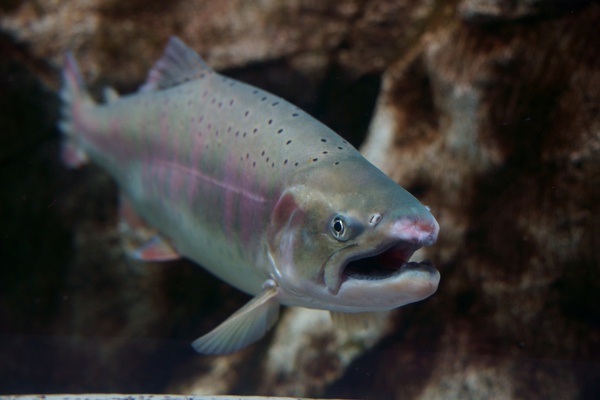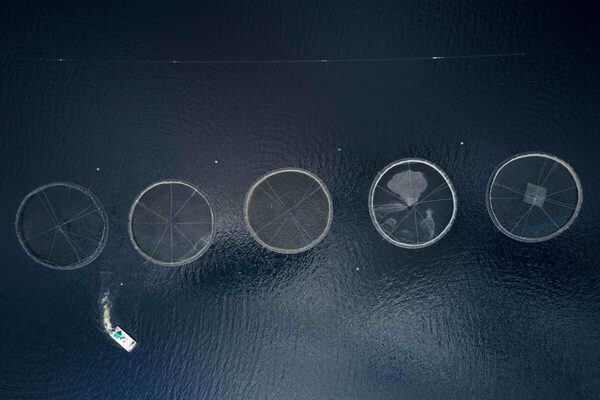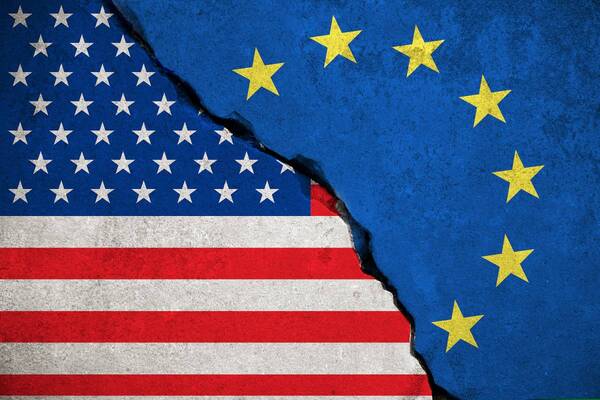Tightening belts: Europe's consumers feel the pinch
European consumers, hit by the cost of living, are buying less premium seafood, Vince McDonagh finds.
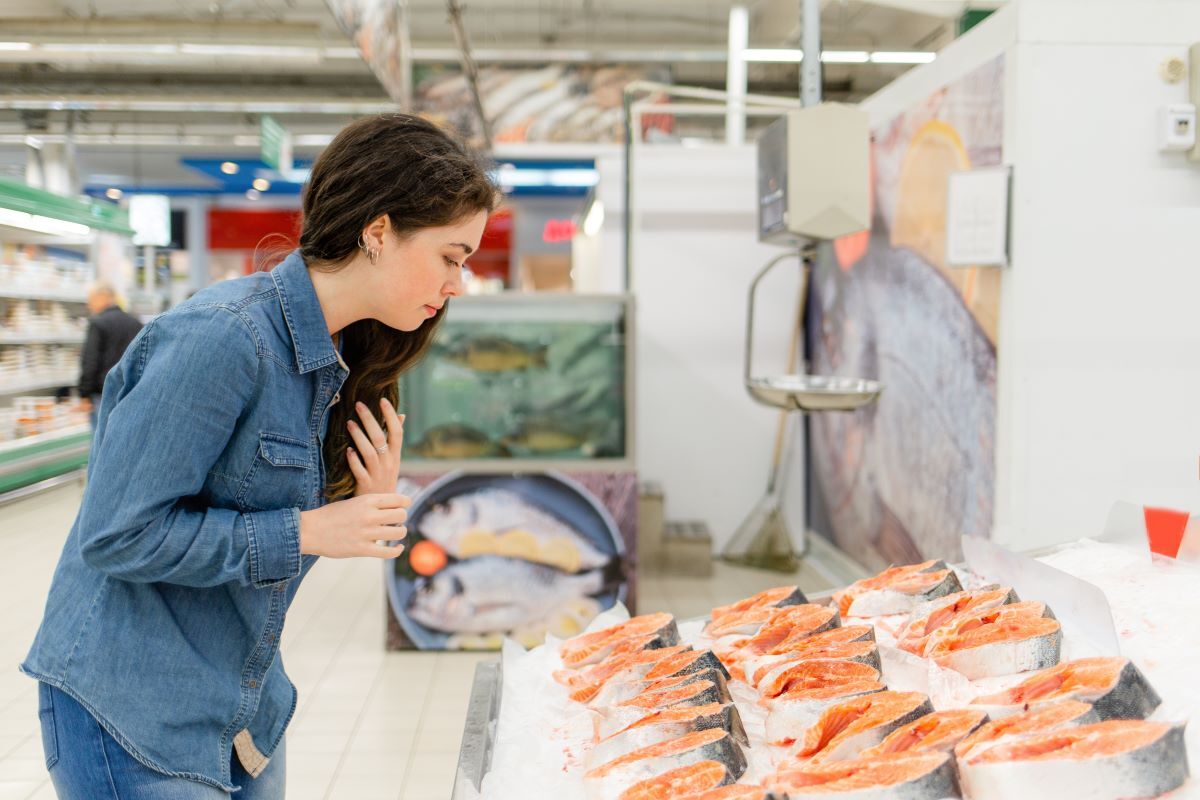
Salmon consumption by Europeans is dropping – and it is almost entirely due to the price in the shops.
Most salmon in the EU is eaten at home, so consumers are more price aware than if they purchased it in a restaurant as part of a meal.
So says a report on fishery and aquaculture product consumption by EUMOFA, the European Market Observatory for Fisheries and Aquaculture Products, which shows that the positive upward trend that developed during the Covid crisis has drained away.
During the Covid lockdowns, consumers began eating at home rather than in restaurants, and salmon consumption shot up.
EUMOFA says: “That positive trend is now over, and by 2023 household consumption of fresh fish had plummeted to its lowest level.”
A report with broadly similar conclusions on price and consumption trends was published by Seafish, the UK industry authority, last year.
EUMOFA says: “This downward trend in household consumption can largely be attributed to the current economic and geopolitical climate, which has led to an increase in inflation, weighing heavily on consumers’ purchasing power at the retail level.”
In other words, it is not so much the price of salmon in the shops that has depressed demand; it is that major household costs such as energy, rents and mortgage loans have risen sharply over the past couple of years.
People cannot reduce their home loan payments, but they can trim their food expenditure. Salmon became very expensive after Covid which makes it an easy target for those who need to cut back.
EUMOFA says that in 2023 (the most recent year for which figures are available), imports of salmon in the EU decreased by 4% from 2022, reaching their lowest level since 2019.
The report says: “Despite the decline in import volume, the overall value of salmon imports remained stable at €8.4bn, matching 2022 levels.
“Of note, import values in 2022 and 2023 were the highest ever recorded and represented a doubling over the last decade.”
The EU is one of the main markets for salmon worldwide of which smoked salmon is an important part.
The consumption of salmon in the EU27 countries was estimated at almost 1.16 million tonnes (live weight) which included 145,653 tonnes of smoked salmon.
France is the largest market for smoked salmon in the EU and the third largest producer, with a production of 22,650 tonnes in 2022.
The French salmon smoking industry is entirely dependent on imports, mainly of fresh whole Atlantic salmon from Norway. Domestic production of smoked salmon has decreased by 46% in volume and 34% in value over the past decade, while demand remains high.
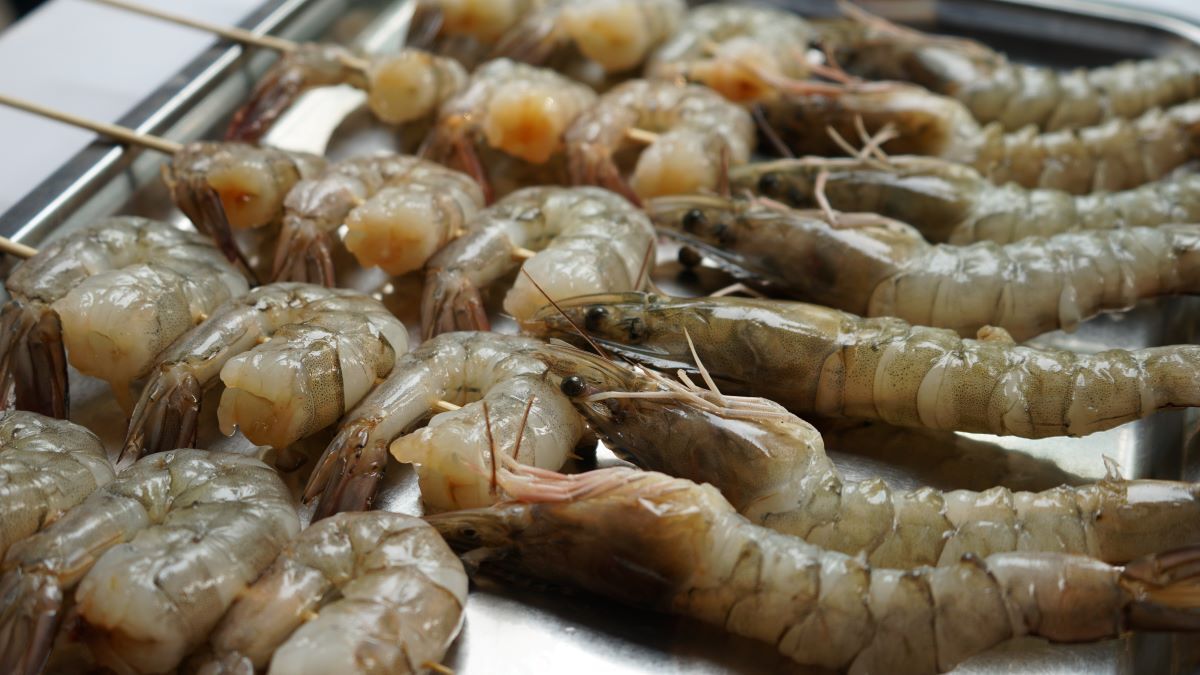
Salmon down, shrimp up
The EUMOFA report says the European Union saw a decrease in the total value and volume of seafood trade in 2023 compared to 2022. Its main points were:-
• The total value of EU seafood trade decreased by 2% and the volume decreased by 4%.
• The EU imported more seafood from other countries than it exported. In 2023, the EU imported seafood worth around 30bn euros (£25bn), which is 6% less than in 2022.
• The EU also imported less seafood in terms of volume, dropping to 5.9 million tonnes, which is below the pre-pandemic levels.
• EU seafood exports, which are sales of seafood to countries outside the EU, decreased in both value and volume.
While salmon may be taking a hit, other aquaculture products (notably the likes of sea bass, sea bream and prawns) are gaining ground.
EUMOFA says that overall aquaculture consumption increased in 2022: “The year 2022 registered a consumption of about 6.82 kilograms of farmed seafood per person, which is the highest in the past decade.
“For the same period, consumption of wild caught products was 16.70 kilograms per person, which is the least in the past decade.”
It is a similar picture with other species such as cod, shrimp and tuna – lower volume consumption, but higher spending due to price rises.
Norway remains by far the largest supplier of salmon to the EU at around 83%, says EUMOFA.
The UK is the second main supplier, but comes a long way behind at just 5%, followed by the Faroe Islands and Iceland at 4% and 2% respectively.
It also found that Sweden and Denmark play key roles as trade hubs, importing fresh salmon from Norway and then re-exporting it to major EU markets such as Poland, Germany and France.
In 2023, imports of salmon in the EU decreased by 4% from 2022, reaching their lowest level since 2019. The decrease was influenced by the 3% drop in European Atlantic salmon production from 2022 to 2023 and the 2.5% decrease in the global production of Atlantic salmon.
EUMOFA says: “Of note, import values in 2022 and 2023 were the highest ever recorded and represented a doubling over the last decade.
“After a slow start, Atlantic salmon production in Europe in 2024 showed an upward trend, with output expected to increase by 3–5% compared with 2023.
“In stark contrast, catches from wild Pacific salmon fisheries were alarmingly low in 2024, dropping by more than 50% from 2023.
“Shrimps, the third most consumed aquatic species in the EU in 2022, accounted for 10% of the volume and 13% of the value of EU.
“However, in 2023, shrimps saw a 5% drop in import volume and 18% drop in import value compared with 2022.
“Warm water shrimps, primarily sourced from Ecuador, comprised 54% of the import volume and 53% of the value for all shrimps.
“These were followed by other shrimp species, representing 34% of the volume and 38% of the value, with key suppliers Argentina, India and Vietnam accounting for 34%, 14% and 10% of the volume, respectively. “
Finally, cold water shrimps accounted for 11% of volume and 7% of value, with 86% of their volume imported from Greenland.
Cod, one of the most popular species in the EU, fell in volume but was up by price due to quota cuts.
Cod prices are currently very high due to major quota reductions – and that is a situation that is likely to continue for a while.
Perhaps salmon may soon start to make a comeback in Europe!

